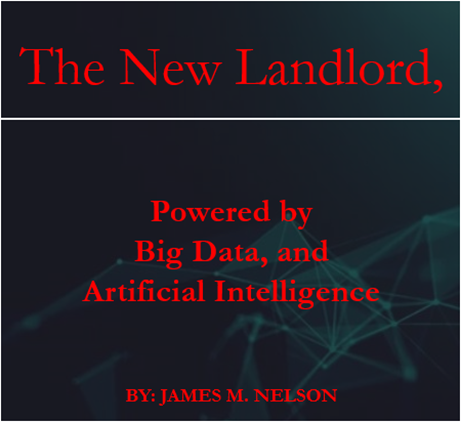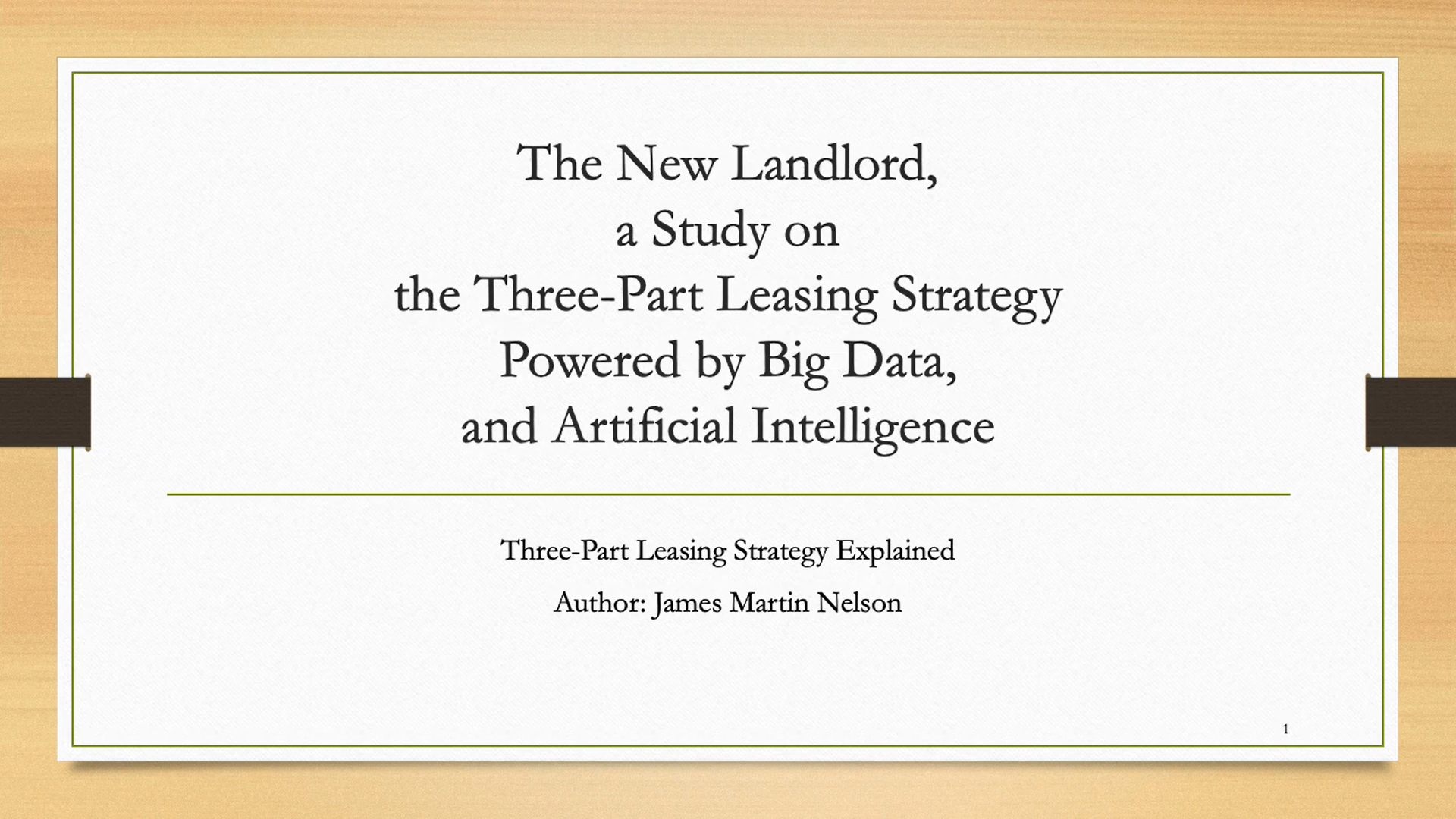
Meet James M. Nelson
An Expert on the Housing Industry and Economics
James M. Nelson
…has nearly 40 years’ banking experience, including work as a Federal Banking Regulator, agricultural and commercial lending, and ultimately owning his own banking services company. With nearly as much real estate experience, Nelson’s work as a licensed commercial broker has included many multifamily projects.
Book 2 (Short intro)
Coming Soon

Book 1 (Short intro)
Stealing Home: How AI is Hijacking the American Dream


“Stealing Home is a brilliantly researched book into why rental prices are escalating throughout the country. We must demand answers from those who can fix this crisis. Nelson shows us what we can and must do to fix this. Reporters, please read and investigate this. Now!”
Julie Blacklow
Former KING-5 Seattle Investigative Journalist
“James Nelson has done the movement for affordable housing a huge favor by writing this explosive new book about Artificial Intelligence technology. Tenants threatened with evictions can fight back against landlord’s greed. Nelson’s research justifies a thorough investigation by the responsible public officials.”
Mike Withey
Human rights lawyer, former president of the Public Justice Foundation
“Nelson’s compelling research correlates artificial intelligence, rising rental prices, and in many cases, discrimination within AI algorithms during a time when we need answers and accountability for sky-rocketing multifamily rental rates.”
T’wina Nobles
President, and CEO, Tacoma Urban League
